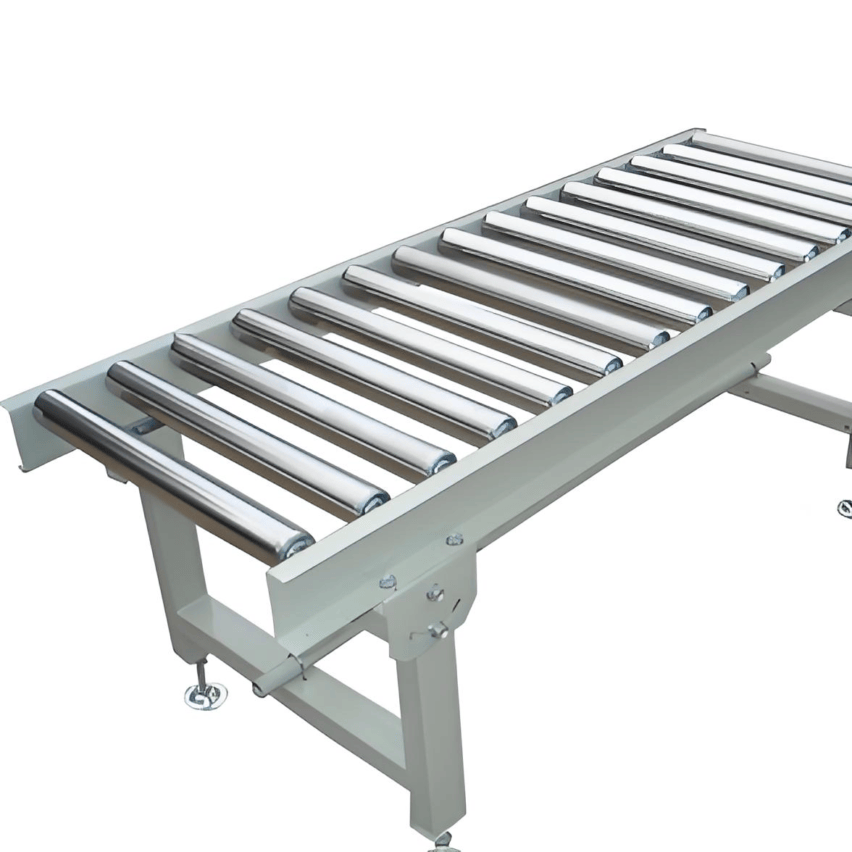Hey, you are not always in the workshop to listen to the motor humming, the power meter figures rubbing upward, the heart straight muttering: "This production line obviously run quite stable, how the electricity bill is still so scary?" Don't be anxious! Today we will nag how to make the production lineIt's steady as an old dog and saves electricity and money.The teacher has to nod his head when he reads it!
🎯 I. Heart upgrade: motor selection is the foundation of power savings
Want to save electricity? Start by looking at the heart of the line - the motor!Choosing the wrong motor is like letting a car pull a load.. Remember the three tricks:
-
High-efficiency motors are standard
Ordinary motors run like leaky buckets, high efficiency motors are better than sealed cans! Web page 7 says that industrial electricity consumption 70% is motor consumption, with high-efficiency models directly save 20% or more. To cite a chestnut 🌰: a chemical plant to replace the 90kW old motor with a high-efficiency model.Save 80,000 a year on your electricity bill, enough to buy two new motors! -
Inverter motors are speed changers.
take Recommended programme Power saving effect High load variation Inverter motor + PLC ⚡️ power saving 15%-50% Speed requires precision servo system ⚡️ Accuracy ±0.1% but expensive! work around the clock permanent magnet synchronous motor ⚡️ power saving 30% Page 2 of 2 The real deal: ceramics factory installs inverters for fans.Energy consumption cut straight to 40%It also reduces wear and tear on equipment
-
Guide to preventing pitfalls
- Wet shop?Protection class IP55 or aboveOtherwise the motor turns into a blister can
- The Dust Bowl?Sealed bearings + monthly soot blowingPage 6 of 6 A cement factory hasn't replaced a motor in three years with this trick.
🔄 Second, the speed of steady control: inverter technology is the power saving trump card
"Constant speed = power consumption? Big mistake!" Page 9 says constant line speed is insteadEnergy Saving Tools. The point is--Let the motor drive like an old driver, fast or slow.::
-
Inverters: the accelerator of the production line
- Automatic speed reduction when no load, than constant speed operationPower Saver 30%
- Page 4 Example: An injection moulding machine with frequency control.Standby power consumption reduced from 50kW to 5kW, which is equivalent to switching off nine air-conditioners!
-
PID Closed Loop Control: Intelligent Fixed Speed Technique
Q: Why is the speed still drifting even after adding inverter?
A: It's missing velocity feedback! Closed-loop control three-piece suite:
✅encoders(Real-time speed measurement)
✅PLC(Brain count bias)
✅converter(Seconds of speed)An automobile welding assembly line measured: open-loop speed fluctuation ± 8%, closed-loop direct pressure to ± 0.5%.Save $230,000 a year on your electricity bill
🤖 Third, system synergy: 1+1>2 power-saving combination punch
Limited energy savings at a single point?System matching is king.! Page 3 emphasises.Layout of the production line to save 1 metre, electricity costs to save a thousand dollars a month::
-
Subtracting from the layout
- Material handling distanceReduction to 50 metresAnnual electricity saving of 50,000 kWh (webpage 3 case)
- Conveyor Belt Slope<15°Otherwise, the motor is so tired that it smokes.
-
Multi-motor "chorus" technique
Long production lines often have "fast heads and slow tails"? Learn about synchronised control of Web 10:
👉master-slave control: The first motor sends the command and the second runs after it.
👉laser distance measurement: Position calibrated every 10 metres
👉buffer hopper (computing): Swallowing the front-end velocity fluctuationsLithium battery pole piece production line measured: 8 sections of conveyor belt synchronous error ± 0.3mm, theProduction capacity skyrocketed 22%
🛠️ Fourth, the maintenance of the mystery: to save electricity rely on maintenance does not rely on repair
"Equipment is a donkey, feed it good grass before it will run!" Page 8 says bluntly.Maintenance saves three times less electricity than the cost of technical modifications::
The three must-see inspections(Web page 6 Hunan Enterprise Secret)
🔧Motor temperature: Hot to the touch > 60°C? Check the bearings immediately!
🔧belt tension: Sagging super 2% hurry to adjust, loose belt more power consumption 15%
🔧Rattle DiagnosisScrewdriver to the ear, "clatter" = bearings are toast!
Lubrication avoidance guide
- Bearings.2000 hours with lithium greaseDon't stuff it! Leave 1/3 of the space for cooling
- Chain.Drip Oil Penetration > SprayDon't be lazy.
- Gearbox.Oil change is mandatory for the first 500 hours of service! Iron filings murder gears.
💡 Exclusive data: power saving = invisible money printing machine
Finally dump a hardcore comparison! Doing the total maths by the logic of webpage 4:
| programme | Regular motor fixed speed operation | Inverter motor + intelligent control |
|---|---|---|
| Equipment inputs | 100,000 | 250,000 |
| Electricity for three years | 360,000 (electric tiger!) | 180,000🔥. |
| Spare parts maintenance costs | 80,000/year | 20,000/year |
| Total cost over three years | 🔴 920,000 | 🟢 610,000 |
An actual test at a power plant in Shandong.Payback in 14 months after conversionYield also jumped from 88% to 95%
See what I mean? The production line's steady speed and power savings is not a cost, it's a windfall investment!After all, for every 1% of stability improvement, the yield rate jumps at least 3%, which is much more real than speculating on stocks.













